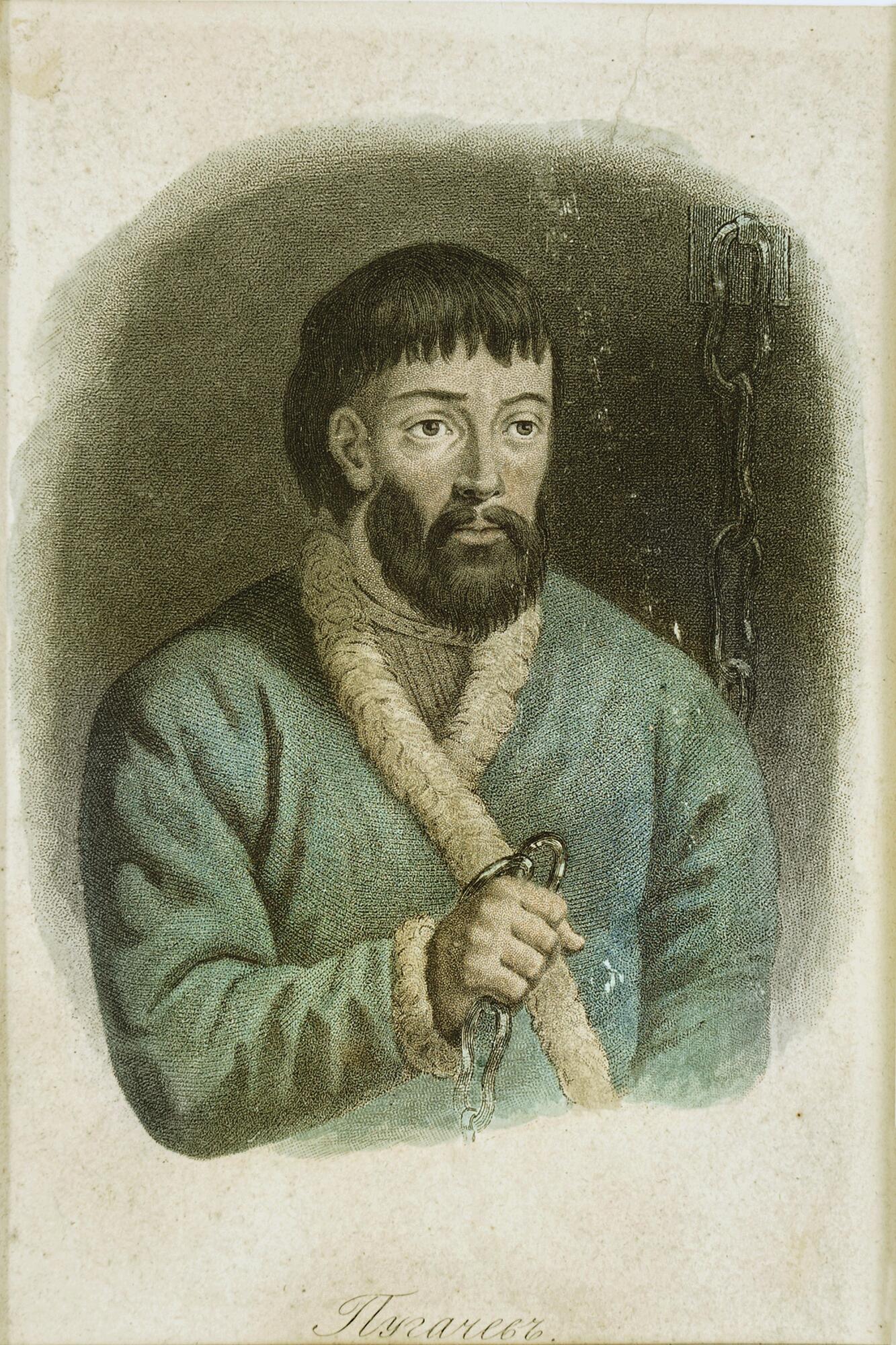Alexander Pushkin’s monograph “History of Pugachev” has a special place in his work as a historian. In 1834, it was published under the title “The History of Pugachev’s Rebellion”. It was supplemented with an engraving depicting Pugachev in chains after his capture by state troops.
From the correspondence and extant private financial documents of the poet, it follows that the portrait was commissioned by Pushkin in Paris at the bookstore of F. Bellizard and Co. The print run, exceeding the circulation of the book itself, was 3,200 copies. They were delivered to St. Petersburg around July 18, 1835, that is, almost seven months after the publication of the “History of Pugachev”. Up until the 1960s, many questions about this engraving remained unanswered: who in fact created it, which of Pugachev’s portraits was used as a reference for it and how did it cross Pushkin’s path?
Today, Nina Nikolaevna Petrunina’s research, published in the “Chronicle of Pushkin Commission”, allows us to determine the original painting. It was a copy from a lifetime portrait of Pugachev, kept in the Ostafyevo estate of Pushkin’s closest friend Pyotr Vyazemsky. The copy was made in the early 19th century. On Pushkin’s behalf, F. Bellizard sent a drawing made from it to Paris to create the engraving. However, the portrait of Pugachev, kept in Ostafyevo, was not the only image of the ataman that came to Pushkin’s attention, while he was working on the “History of Pugachev”. He most certainly saw the magnificent engraving from the French edition of the book “False Peter III”, which was also featured in the Russian edition. Seemingly, the poet chose the image that he deemed most reliable of all known portraits of Pugachev.
Pushkin left a verbal portrait of Pugachev in the
story “The Captain’s Daughter”,


